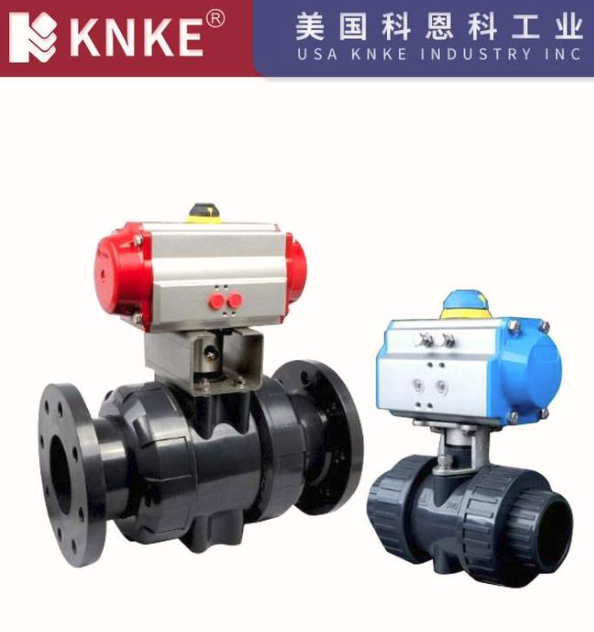General Characteristics of Vacuum Valves
Vacuum valves are essential components in vacuum systems, responsible for regulating and isolating vacuum environments. To ensure high performance, safety, and efficiency, vacuum valves must meet strict technical requirements. This article outlines the general characteristics of vacuum valves commonly used in industrial and scientific applications.

1. Corrosion Resistance
Materials in contact with vacuum environments must offer excellent corrosion resistance. Therefore, aluminum alloys, copper alloys, and stainless steel are widely used to manufacture vacuum isolation components. These materials prevent rust and corrosion, ensuring long-term reliability and system integrity.
2. Wide Operating Pressure Range (0 – 2.5 × 10⁵ Pa)
A broad pressure range allows vacuum valves to be used across various applications. Most vacuum valves are designed with bi-directional sealing, enabling them to remain sealed even when exposed to reverse atmospheric pressure. This enhances the versatility and durability of the valve under different operating conditions.
3. Low Leakage Rate
In high vacuum applications, minimizing leakage is critical. Vacuum valves must maintain a leak rate below 10⁻⁷ Pa·L·s⁻¹. A low leak rate helps increase system efficiency, reduce maintenance, and lower operational costs, making it a vital factor in vacuum technology.
4. Low Vibration and Minimal Impact During Operation
During startup, vacuum valves should operate with minimal vibration and low mechanical impact to protect sensitive components in the system. This feature enhances the safety and longevity of the entire vacuum setup, especially in precision environments.
5. Compact Structure and Lightweight Design
Vacuum valves are designed to be compact and lightweight, which makes them easier to install, transport, and integrate into different vacuum systems. This feature also facilitates easier maintenance and system upgrades.
6. Clear Valve Position Indicators and Automation Support
Most modern vacuum valves feature visual valve position indicators and support optional installation of valve open/close signal controllers. These features enable integration with automated systems and programmable logic controllers (PLC), making vacuum systems smarter and more efficient.
7. High Conductance
Vacuum valves are engineered to offer high conductance, ensuring efficient gas flow. This helps achieve the desired vacuum level faster and enhances the overall throughput of the system—especially important for high-speed or high-volume applications.
8. Bellows Seal for Dynamic Motion
Using a bellows seal for motion isolation ensures zero dynamic leakage and prevents oil or grease contamination. Compared to traditional rubber seals, bellows seals offer superior reliability and minimize the risk of particle contamination, which is crucial in ultra-clean vacuum environments.
9. Avoid Use of Vacuum Grease
To reduce the risk of contamination, vacuum valves are designed to minimize or eliminate the use of vacuum grease. Grease can release vapors or particles under vacuum, degrading system performance. A clean, dry design is preferred for maintaining vacuum purity.
10. Reduced Dead Space
Efficient vacuum valves are designed to eliminate unnecessary internal dead space. This helps reduce pump-down time, allowing the vacuum to be achieved more quickly and efficiently, which is beneficial for both batch processing and continuous operations.
11. Energy-Efficient Design
Modern vacuum valves emphasize low energy consumption. An energy-efficient design reduces overall system power usage, minimizes heat generation, and supports sustainable and cost-effective operations.
The general characteristics of vacuum valves—including corrosion resistance, low leak rates, wide pressure tolerance, compact structure, and automation compatibility—make them ideal for various high-precision industries. Whether used in semiconductor manufacturing, research laboratories, or industrial vacuum systems, well-designed vacuum valves play a crucial role in achieving reliable and efficient vacuum control.
